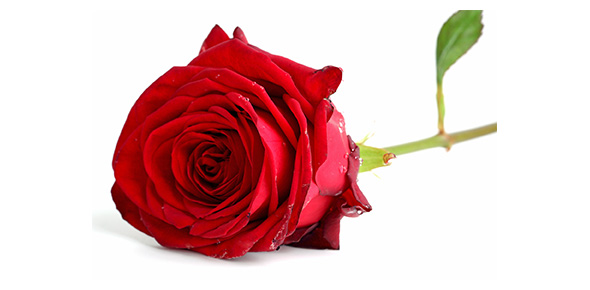Related Flashcards
Related Topics
Cards In This Set
| Front | Back |
|
What is the basic unit of matter? (pg 35) Definition Card!!!!
|
The Atom (pg 35)
|
|
How many atoms would it take to make a row of about 1 cm ? (page 35)
|
100 million (page 35)
|
|
What makes up an atom? (page 35)
|
The subatomic particles, Protons, Neutrons, and Electrons (page 35)
|
|
Properties of sub atomic particles? (page 35)
|
Protons - Positively charged Same mass as neutron
Neutrons - Neutrally charged, no charge Same mass as ProtonElectrons - Negatively charged 1/1840 of the mass of a proton or neutron |
|
Properties of atoms? (Page 35)
|
1. They have equal #'s of protons and electrons.2. They are neutral charged because the charges cancel each other out
|
|
What is a chemical element? (page 36)
|
A pure substance, that consists entirely of one type of atom. (page 36)The # of protons (Atomic #) determines the type of element (page 36)
|
|
About how many elements are known? (page 36)
|
More then 100.
|
|
Isotopes properties (page 36)
|
Atoms of the same element that differ in the # of neutrons. (page 36)All have the same chemical properties b/c they have the same # of electrons (page 36)
|
|
The mass # (page 36)
|
The # of protons + the # of neutrons in an atom.
|
|
Radioactive Isotopes (page 36)
|
Elements where The nuclei break up over time, they become a different element and give off something like a photon, electron, or alpha particle.
|
|
Chemical Compounds? (page 37)
|
Substance formed by the chemical combination of two or more elements in definite proportions. (page 37)Physical and chemical properties differ from the elements that make them up.Example: H2O very different from hydrogen and oxygen. (page 37)
|
|
Chemical Bonds? (Page 38)
|
Hold atoms together.Electrons that can form bonds are called valence electrons.3 Types-Ionic-Covalent- Van Der Waals
|
|
Ionic (page 38)
|
Electron transferred from one element to another.Ions are formed "charged atom"Ions attract and bond. (Page 38)
|
|
Covalent (Page 38)
|
Electrons shared between two elements. # of electrons shared = # of electron pairs shared.Results in a molecule.
(Page 38) |
|
Van Der Waals. (Page 39)
|
Attractions between molecules. (Page 39)
|




